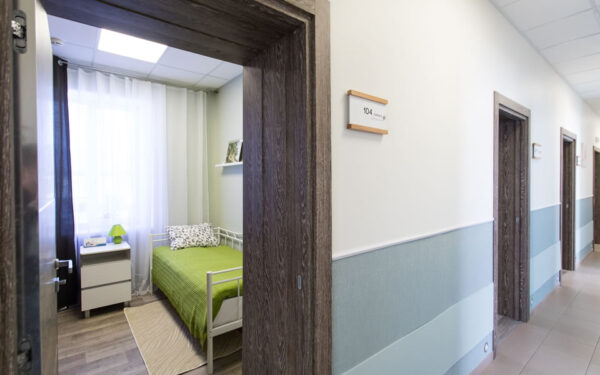Federal Proposal for Minimum Staffing Standards on Nursing Homes
By Yasmeen Elhaj, Supervisor, Advisory Services
In the wake of growing concerns over the quality of care in long-term care facilities, the Centers for Medicare & Medicaid Services (CMS) has put forth a new rule aimed at ensuring safe and reliable care for residents of Medicare and Medicaid certified nursing facilities. The proposed rule, issued on September 1, 2023, outlines three critical staffing requirements for Long-Term Care (LTC) facilities and Medicaid Institutional Payment Transparency Reporting, highlighting the need for a more stringent and comprehensive approach to staffing and facility assessments. Despite its well-intentioned nature, the proposal has drawn mixed reactions from industry stakeholders, sparking concerns over workforce availability, financial support, and the potential ramifications on resident admissions and hospital backlogs.
The proposed rule consists of three key staffing requirements:
- Minimum nurse staffing standards of 0.55 hours per resident day (HPRD) for Registered Nurses (RNs) and 2.45 HPRD for Nurse Aides (NAs)
- A requirement to have an RN onsite 24 hours a day, seven days a week
- Enhanced facility assessment requirements
Below is the basis for the key staffing requirement proposal:
Minimum Nurse Staffing Standards
The purpose of CMS establishing national minimum nurse staffing standards is to improve and maintain high-quality care for the residents. The minimum of 0.55 HPRD for RNs and 2.45 HPRD For NAs would be applied to all LTC facilities.
Onsite RN 24 hours a day / 7 days a week
CMS has deemed it necessary to provide constant supervision as LTC residents have various medical complexities and need this quality of care from RNs.
Enhanced Facility Assessment Requirements
The purpose of facility assessments is to create a staffing plan to meet resident needs based on their acuity. The proposed rule requires a strengthened facility assessment, which includes:
- Facilities must use an evidence-based approach when care planning for their residents with behavioral health needs
- Facilities must use the facility assessment to assess each resident’s needs and to adjust as necessary
- Facilities must include the input of any staff who provide services to the resident
- Facilities must create a staffing plan to increase employment and retention of staff
Proposed Phase-In Process
CMS recognizes the hiring and retaining staff difficulties nursing homes are experiencing. Therefore, non-rural nursing homes will be given three years, and rural nursing homes will be given five years to satisfy the final minimum staffing mandate.
Non-rural facilities three-year period will occur in three phases:
- Phase 1 would require facilities located in urban areas to comply with the facility assessment requirements 60 days after the final rule’s publication date.
- Phase 2 would require facilities located in urban areas to comply with the requirement for an RN onsite 24 hours and seven days/week two years after the publication date of the final rule.
- Phase 3 would require facilities located in urban areas to comply with the minimum staffing requirements of 0.55 and 2.45 hours per resident day for RNs and NAs, respectively, three years after the final rule’s publication date.
Rural facilities will have a five-year period that will also contain three phases:
- Phase 1 would require facilities to comply with the facility assessment requirements 60 days after the final rule’s publication date.
- Phase 2 would require facilities to comply with the requirement for an RN onsite 24 hours and seven days/week three years after the publication date of the final rule.
- Phase 3 would require facilities to comply with the minimum staffing requirement of 0.55 and 2.45 HPRD for RNs and NAs, respectively, five years after the final rule’s publication date.
Industry Reactions
The proposal has providers concerned about the impact on the industry. This includes, but is not limited to, the following:
- Lack of available candidates to hire from the workforce and no mandate on LPN hours.
- No indication of funding to support the hiring expenses to meet the mandated hours.
- Fear of turning away residents because they do not meet staffing requirements, which would result in additional seniors being put on the waiting list and causing backlogs in hospitals.
- Penalties if providers are not in compliance during each phase in period.
While the phased approach to CMS’s proposed rule on Minimum Staffing Standards acknowledges the challenges both rural and non-rural facilities face in meeting the new standards, it is clear that the proposal’s current form leaves several unanswered questions and concerns for providers. As the rule moves towards finalization, it will be crucial for all stakeholders – from LTC facilities to government agencies – to collaborate closely to address these challenges and ensure the successful implementation of these reforms.
For questions about the information in this article, please contact your Marcum advisor. To view the full proposed rule, click here.





